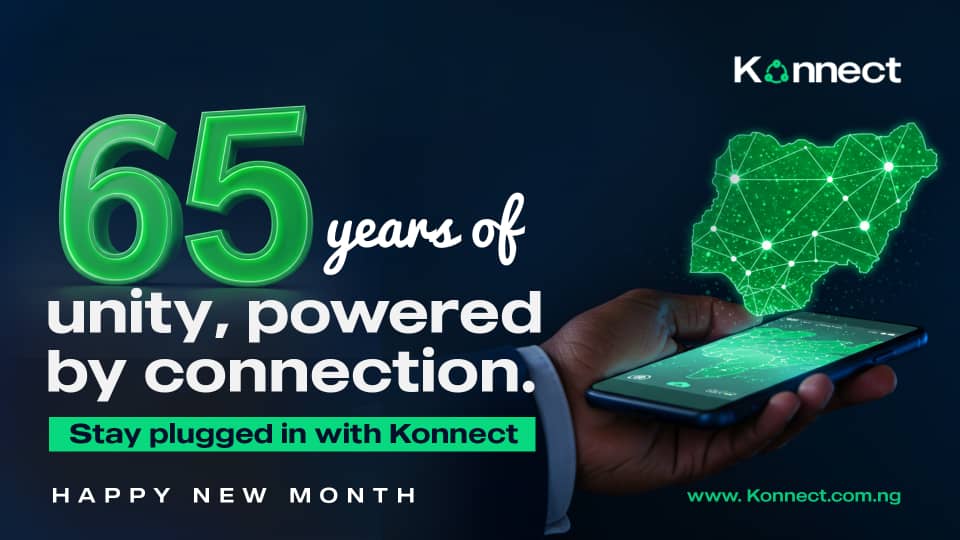Sponsored Advertisements
The Evolution of Trade: From Barter System to Digital Commerce
Trading
4 days ago
Comments (0)
- Be the first to comment!
Leave a Reply
New Discussions
-
Drink Water At The Right Time

Rukkybabe
1 min ago00 -
Sometimes, Your own people will break you the most... 💔

Oscar
2 mins ago00 -
Life is all about continuous change

Rukkybabe
6 mins ago00 -
When Visiting Village Means You’re the “City Kid” 😂👟

Pretty Cynthia 🦋
12 mins ago00 -
Village Night Stories That Made Us Fear Nothing 😭🔥

Pretty Cynthia 🦋
17 mins ago00













Emma
4 days agoThe Evolution of Trade: From Barter System to Digital Commerce
Trade has always been part of human life — from ancient times when people exchanged goods directly to today’s world where buying and selling happens online with just a click.
But how did we move from simple barter trade to advanced digital commerce?
Let’s take a journey through time to see how trade has evolved and shaped the modern economy.
🏺 1. The Barter System — The Beginning of Trade
Before money existed, people traded goods and services directly.
This system, called the barter system, allowed people to exchange what they had for what they needed.
✳️ Example:
A farmer could trade yams for a pot made by a potter.
A fisherman might exchange fish for clothing.
This method worked — but it had many problems.
⚠️ Limitations of Barter:
You had to find someone who wanted what you had and had what you wanted — called the double coincidence of wants.
It was hard to measure value (how many fish equal one goat?).
It was difficult to store or transport goods for future trade.
These problems led to the invention of money.
💰 2. The Use of Money — A New Era Begins
The invention of money changed everything.
Money became a medium of exchange, store of value, and measure of worth — making trade easier and more efficient.
Early forms of money included:
Cowries
Salt
Gold and silver coins
Eventually, governments created paper money and later banking systems, which allowed people to save, borrow, and trade across distances.
With money, trade expanded beyond local communities — giving rise to domestic and international markets.
🚢 3. The Age of Exploration and Global Trade
Between the 15th and 18th centuries, explorers and merchants began to travel across continents.
This period — known as the Age of Exploration — opened new trade routes between Africa, Asia, Europe, and the Americas.
Key developments:
Ships carried spices, gold, silk, and other valuable goods across oceans.
Colonization increased international trade (though it also caused exploitation).
Major trading ports and cities like London, Amsterdam, and Lagos grew rapidly.
This was the beginning of global trade — the foundation of today’s interconnected economy.
🏭 4. The Industrial Revolution — Rise of Mass Production
In the 18th and 19th centuries, the Industrial Revolution transformed trade again.
Machines replaced hand tools, and factories produced goods on a massive scale.
Effects on trade:
Goods became cheaper and faster to produce.
Transportation improved with steamships, railways, and later airplanes.
Urbanization increased demand for industrial products.
Mass production and faster transport meant trade could now happen globally and at larger scales.
📞 5. The Information Age — Speed Meets Technology
In the 20th century, the rise of computers, telecommunication, and the internet changed trade forever.
Businesses could now communicate instantly, manage global operations, and advertise to millions.
Highlights:
The first online transaction happened in the 1990s.
E-commerce platforms like eBay, Amazon, and Alibaba revolutionized shopping.
Payments moved from cash to credit cards, bank transfers, and digital wallets.
Trade became faster, more transparent, and more accessible to everyone — from multinational companies to small startups.
💻 6. The Digital Commerce Era — Trade Without Borders
Today, we live in the digital commerce era — where trade happens through mobile phones, social media, and online platforms.
Examples:
People buy clothes on Instagram and TikTok shops.
Small African businesses sell globally through Shopify or Alibaba.
Payments happen instantly via Fintech apps like PayPal, Flutterwave, or Stripe.
Digital trade has removed physical boundaries — anyone with an internet connection can reach global customers.
🌍 7. The Future of Trade — Artificial Intelligence and Blockchain
The next stage of trade is already here.
Emerging technologies like AI, blockchain, and cryptocurrency are transforming how we buy and sell.
AI helps businesses predict demand and recommend products.
Blockchain ensures safe, transparent transactions.
Cryptocurrency may become the next global payment system.
The future of trade is smart, digital, and borderless.
🚀 Conclusion
From trading goods face-to-face in villages to running online stores from our phones, trade has come a long way.
Each stage — barter, money, industrialization, and now digital commerce — brought us closer together and made trade faster, easier, and more global.
The story of trade is really the story of human progress — and the next chapter is being written online.
✅
✅ PLS FOLLOW AND LIKE AND COMMENT YOUR MIND.